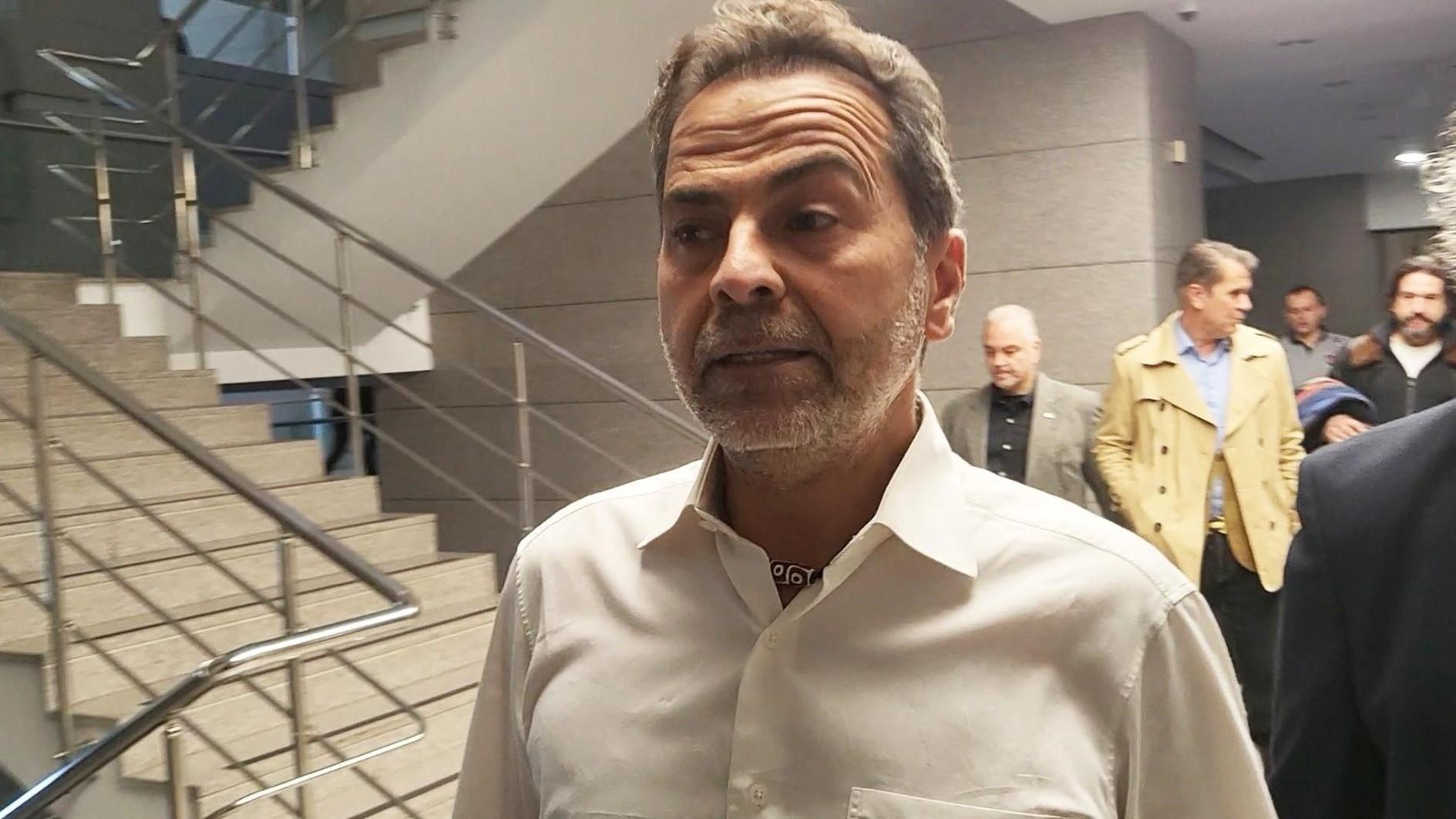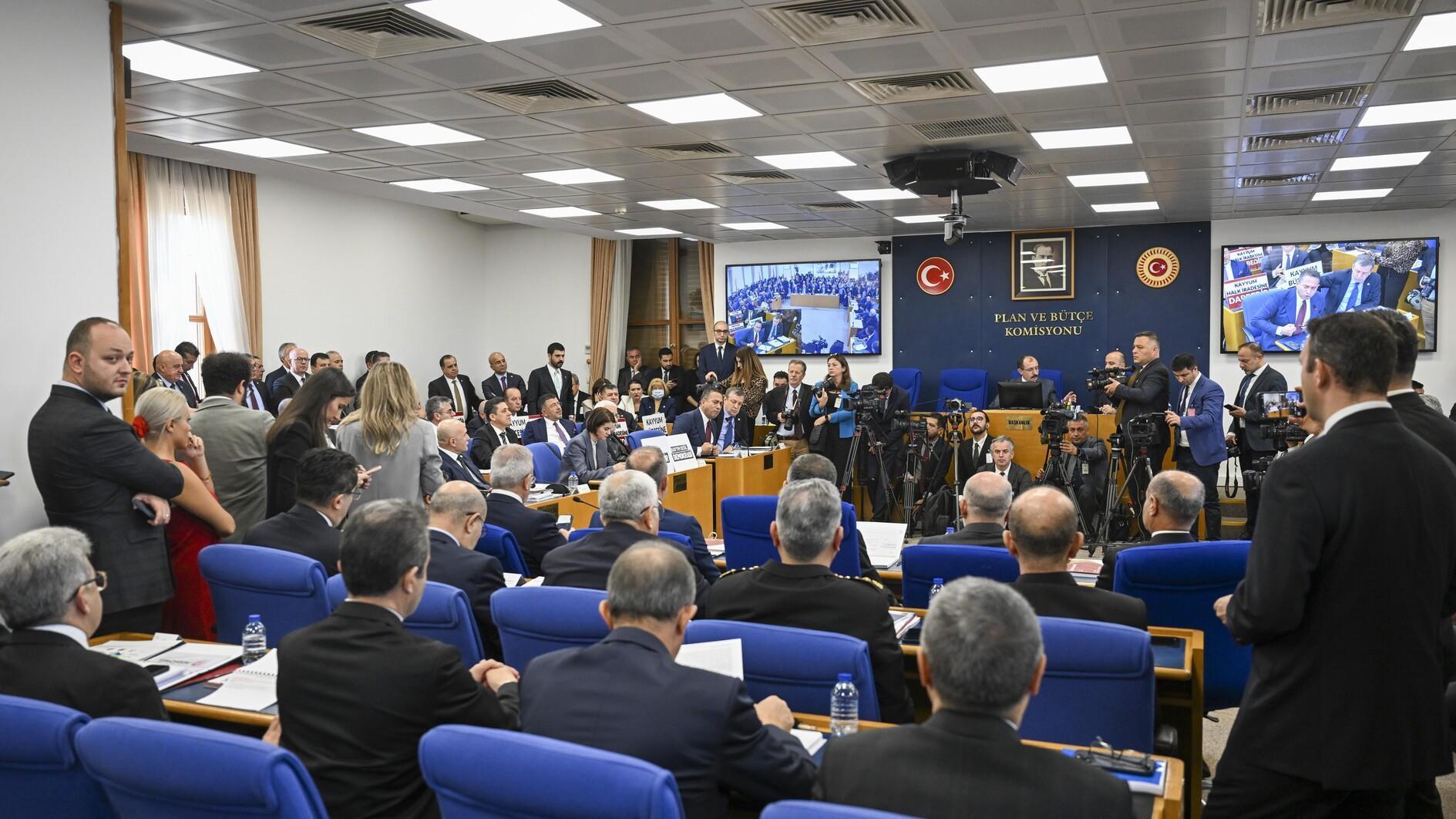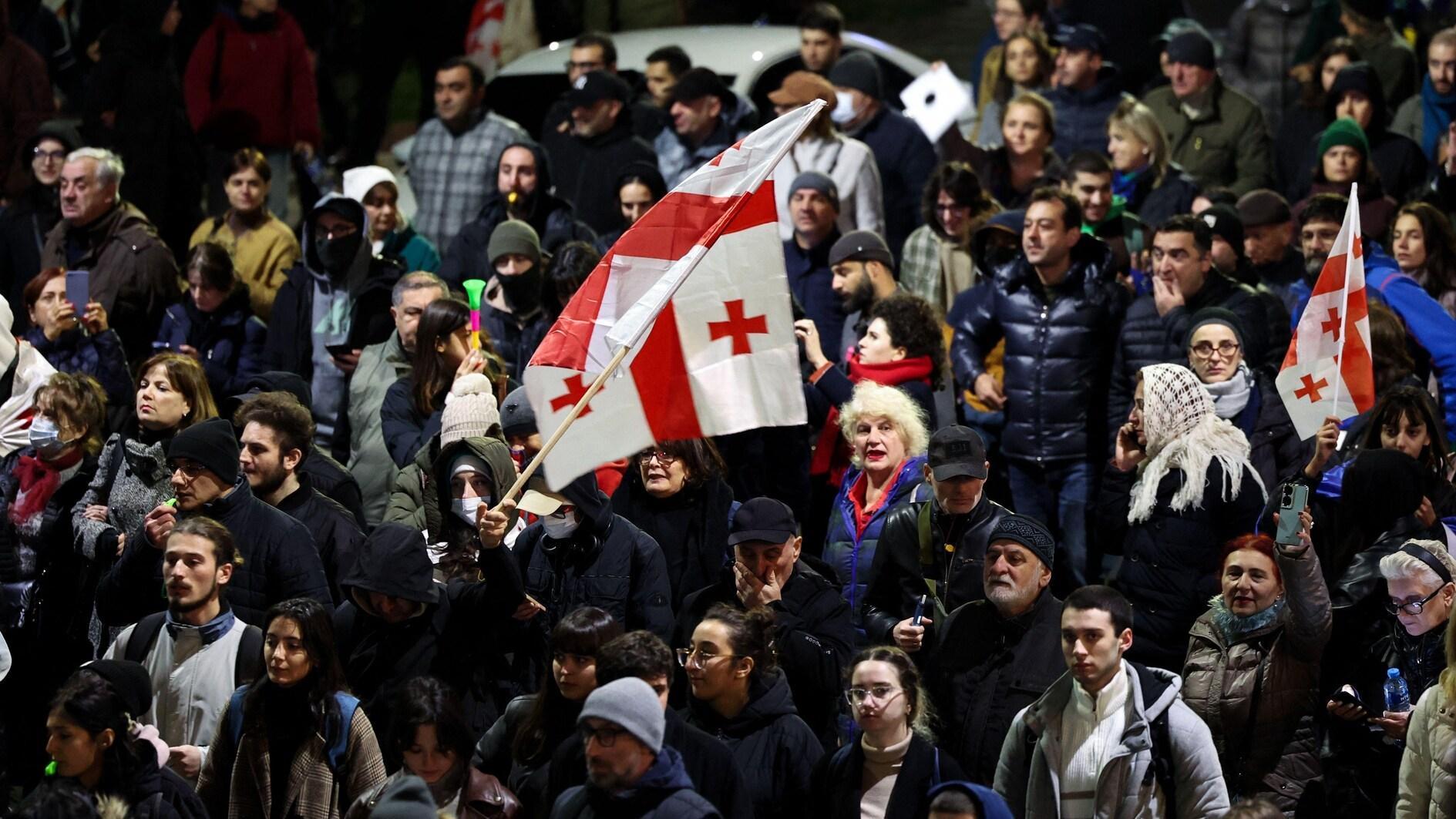Chinese cave art at Istanbul exhibition
ISTANBUL
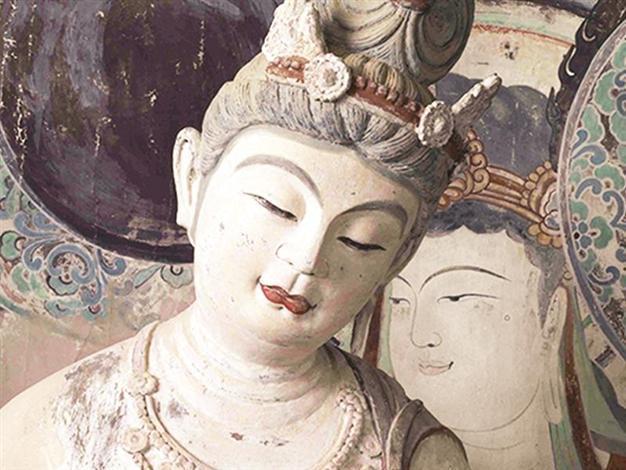
The exhibition ‘The Colors of Dunhuang: The Magic Gateway to the Silk Road’ presentsa a world heritage of China, the cave art for the first time.
İstanbul’s Mimar Sinan Fine Arts University (MSFAU) Tophane-i Amire Culture and Art Center hosts art from the Dunhuang Grottoes at an exhibition titled, “The Colors of Dunhuang: The Magic Gateway to the Silk Road.” Part of China’s world cultural heritage, the pieces are being displayed in Europe for the first time in this exhibition.MSFAU is organizing the exhibition as part of the 2012-2013 Chinese-Turkish Culture Year. Turkey organized many events throughout the year to promote Chinese culture in the country, and in 2013, China will promote Turkish culture with various events held in the Asian country.
In addition to the exhibition, music and dance performances as well as academic conferences on Dunhuang and the Silk Road are being organized.
The exhibition consists of five components. The “Spatial Dunhuang” section features the city of Dunhuang on the ancient Silk Road. Since Emperor Wu of Han founded Dunhuang County in 111 BC, Dunhuang had always been a multi-ethnic, multicultural city. The Dunhuang Grottoes is a general name for all the grottoes in the area, including the Mogao Grottoes, West Thousand Buddha Caves, Yulin Grottoes in Guazhou County, East Thousand Buddha Caves and the 812 caves in Subei County.
The “Millenial Dunhuang” section presents Dunhuang throughout the span of time, showing the representative art from each period as well as the foreign cultural elements. Dunhuang art is not only an outcome of Chinese culture and assimilation and absorption of the art of other cultures, but also a model of global exchanges and an artistic blend of East and West. It contains the skills of ancient Greek and Roman art, the subject matter of Buddhism, traces of Gandhara art, the style of middle Asia and the art of central China. Vividly displaying the process and panorama of social development, different historical periods are included, highlighting politics, economics, culture, science and technology, music, dance, sports, and ethnic and folk traditions, as well as friendly exchanges between Chinese and foreign people in addition to other rich historical information.
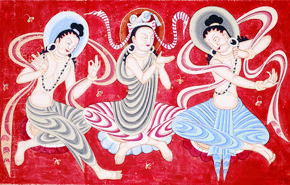 The “Nirvana of Buddha, Dream of Tangchoo” portion represents one of the most significant caves of the Dunhuang Grottoes. The reproduction of the famous, huge Nirvana Reclining Buddha of Cave 158 (Mogao caves, mid-Tang dynasty) lies in the rear of the exhibition hall, with wonderful details of paintings and painted sculptures to show the great merging power of the Tang dynasty.
The “Nirvana of Buddha, Dream of Tangchoo” portion represents one of the most significant caves of the Dunhuang Grottoes. The reproduction of the famous, huge Nirvana Reclining Buddha of Cave 158 (Mogao caves, mid-Tang dynasty) lies in the rear of the exhibition hall, with wonderful details of paintings and painted sculptures to show the great merging power of the Tang dynasty.The fourth section, “Superlative Craftsmanship, Recovering Original Appearance” is an area for integrated presentations, showing four representative caves of different historical periods.
Finally, the “Interactions” section is based on the exhibition space, an independent interactive space for people to understand and appreciate Dunhuang. To increase the interactivity of the exhibition, there are also some hands-on activities such as art puzzles, photographic plates and educational manuals to take home. The exhibition will continue through Jan. 7, 2013.


